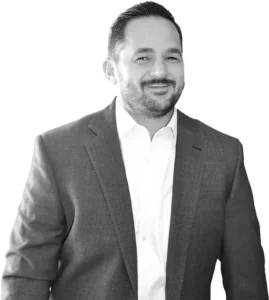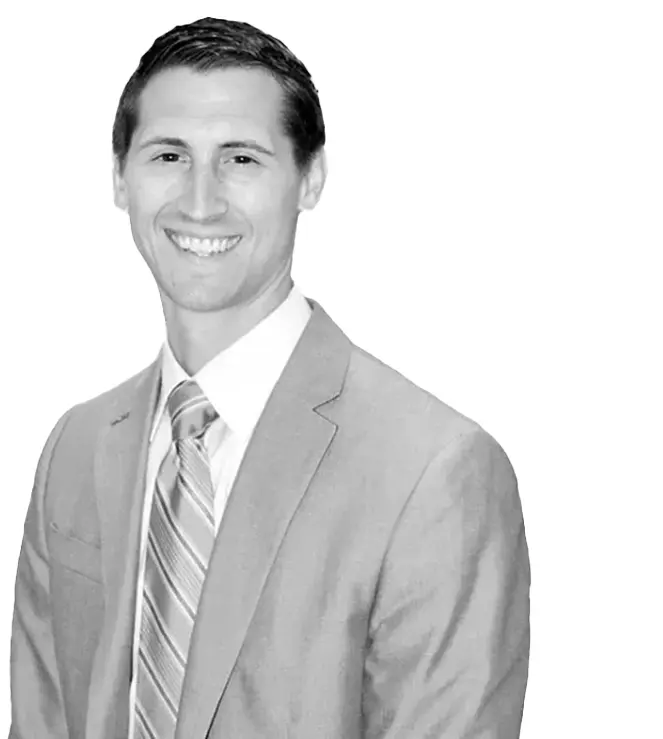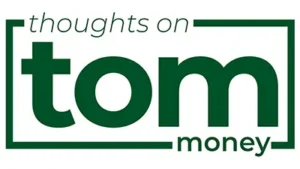140+
Thank you.
Thank you if this is your first time visiting Thoughts On Money [TOM], and thank you if you’ve been a faithful reader since day one.
I wrote my first Thoughts On Money on July 17th, 2018, and here we are now some 140+ articles later. The intent from day one was to provide a fresh perspective on personal finance, cut through all the jargon, and help you better understand your money.
In The Beginning…
That first article – Be Aware or Beware – was inspired by a question I was asked while sitting on an interview panel during a Sunday morning church service. I was asked,
“What is the number one mistake you see people make with their finances?”
Tough question, right? My whole career revolves around talking to people about their money, and I’ve seen some wild mistakes and missteps along the way, but here I was challenged to narrow my answer down to the most common financial blunder.
Hmmm…
My answer was simple. It was awareness. I felt like, in aggregate, most people didn’t have an awareness of how much they spend. When you boil personal finance down to its basic tenets, it really is just income minus expenses and what to do with the leftovers (hopefully, there are leftovers). Most people have an intimate understanding of how much they make (income), and they take great pride in knowing this figure. But with automatic payments, a handful of credit cards, multiple spenders in the household, etc., there is a major lack of awareness around how much is actually spent monthly and annually.
Ignorance Is Bliss, No? No.
Here’s the problem that this breakdown of awareness causes.
If you are a regular TOM visitor, you’ve heard me discuss my personal approach to portfolio design – the simple two-bucket strategy. One bucket for reserves and one bucket for returns. Reserves to protect yourself if an unexpected expense arises or you fall victim to extended unfavorable markets. Returns for growing your wealth and spending power over time.
Your reserves bucket is calculated based on your expenses. We determine the size – how much money to place in the reserves bucket – based on a multiple of your expenses. This may be two years or three years or more or less, all depending on how we tailor the design for you.
You can’t do this exercise if you don’t have an accurate expense figure. An estimate that may be 25% or 30% off – which these off-the-cuff estimates often are – just won’t cut it.
As I said, awareness is key.
How To
Ok, so perhaps you are convinced now that knowing what you spend is important, and you want to get a better grip or understanding of what your spending rhythms look like. Where do you start?
If you do a basic internet search on the topic, you will be led to countless applications and tools that will help you create a budget. These are great tools, BUT this is not going to be the next step that I recommend. These tools are often like New Year’s resolutions – participation starts strong, but engagement fades quickly.
Here’s all you have to do. Start thinking about what accounts you use to pay for things, to pay for everything. Most of us will have a handful of credit cards, maybe some department store cards, and maybe a gas card. This list of cards and accounts can sometimes make us feel a wee bit anxious as we are wondering how we are going to add up all these moving parts to decipher our spending. Here’s the trick, for most of us, all these cards will have an auto payment function from one central checking account where our income deposits and all of our bills are paid from. This makes our homework much simpler; you just need to print out the last 6 months of statements (July, June, May, April, March, and February). Next, write down the total that was pulled from that account. Literally, grab a piece of paper, make a column where you list the months, and in the next column, notate what you spent that month. Add these figures up, divide by six, and now you have an average.
Now, sure maybe you had an anomalistic expense that got captured in that average – an air conditioner broke, you bought a new toy, paid a big tax bill, etc. – you can back out that expense, you can leave it in assuming some lumpy expenses surface every 6 months or so anyway, or you can modify however you see fit. Again, you are just trying to build awareness around your spending rhythms and habits. You will never predict future expenses down to the penny. That’s not the goal. The lack of awareness I see usually leads to gross underestimations of one’s expenses. This exercise is supposed to bring you back into the ballpark of reality.
Not A One And Done
I have a confession to make. I am 5 months behind in my monthly routine of reviewing my monthly expenses and writing down my monthly spending figure. I have two kids in diapers at home and lead a busy life, but honestly – that is no excuse. A few minutes a week is all that’s needed to stay on top of this. Rather than printing 6 months of bank statements, just simply reviewing a list of transactions every week will allow you to stay familiar with your spending.
Lifestyle creep – making more and spending more – is a reality. Spending more is not a monster, and it should not be shunned, but you need to stay informed about what expenses look like for your family. Why? Because your whole financial plan and your entire portfolio design hinge on what your actual expenses are. Lifestyle creep won’t always rear its ugly head in your grocery bill or how much you spend at the gas station. It’s the larger expenses, they feel one-off and infrequent, but they are often sizeable and impactful, enough to move the needle of your annual spending.
Knowing how much you spend is not a one-and-done exercise; being aware needs to be part of your financial hygiene.
Homework
In my first TOM article, I gave a fun little challenge at the end. I challenged the reader to first make an educated guess on how much they spend every month – write your guess down on a sheet of paper. Then do your exercise of reviewing 6 months of bank statements to determine the average spending. How close was your guess? Were you spot on? Did you overestimate? Underestimate? If so, by how much?
I think this challenge is just as relevant today as it was three years ago and will be into the future.
Like I said from day one, Be Aware Or Beware.







